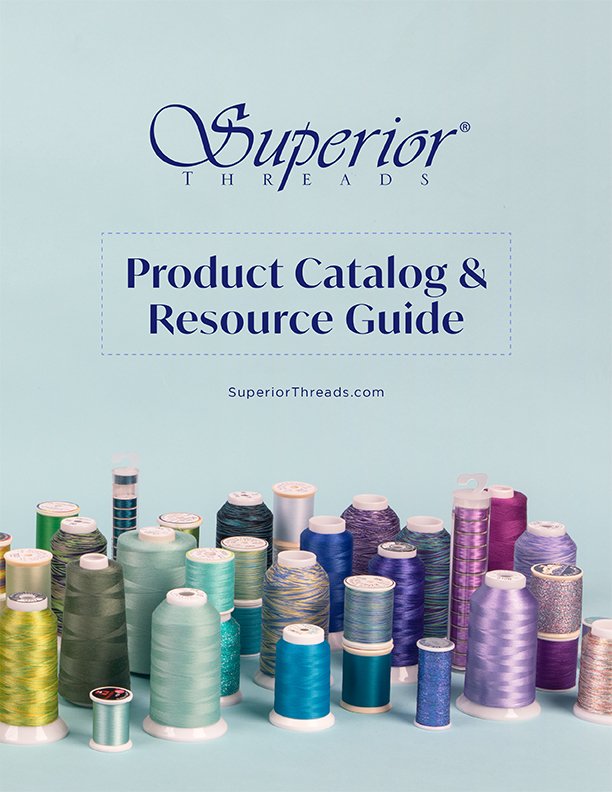SUPERIOR'S BONDED THREADS
When sewing on leather, upholstery, and other thick materials, the go-to thread of choice is bonded thread. Bonding refers to the process of coating a thread in a resin to strengthen and decrease friction that is placed on the thread when sewing at high speeds. The two most common types of bonded thread are Bonded Nylon and Bonded Polyester.
Bonded nylon is recommended for sewing projects that won't be exposed to UV rays for a prolonged period of time. A bonded thread is very strong and the bonding agent helps the thread to stitch smoother, but it doesn't transform the thread. Nylon can degrade when exposed to direct sunlight (UV rays) over time, which is what makes it more common for use in furniture, holsters, and leather goods.
Our bonded nylon thread is available in several thicknesses, from a thin #46 to a heavy #346. The size of bonded thread used depends on how visible you want the stitching to be, the thickness of the material being sewn on, and the end use of the item being stitched. Sewing a leather belt together doesn't put as much stress on the stitches and seams as a leather chair that must bear weight.

Bonded polyester thread is another bonded thread. It's also available in several thicknesses. Polyester fibers have a much better resistance to UV rays than nylon, but are not as strong. While the difference in strength is nominal, it is still plenty strong for projects that require weight bearing or heavy-duty stitches. Automotive sewing, marine sewing, and saddles are often sewn with bonded polyester.
If you need an extremely strong thread or a high-heat resistant thread, DuPont™ Kevlar® thread is an excellent choice. A special bonding agent increases its breaking strength and reduces the friction at the needle which is caused by high-speed stitching on thick materials.

 View Our Product Catalog
View Our Product Catalog